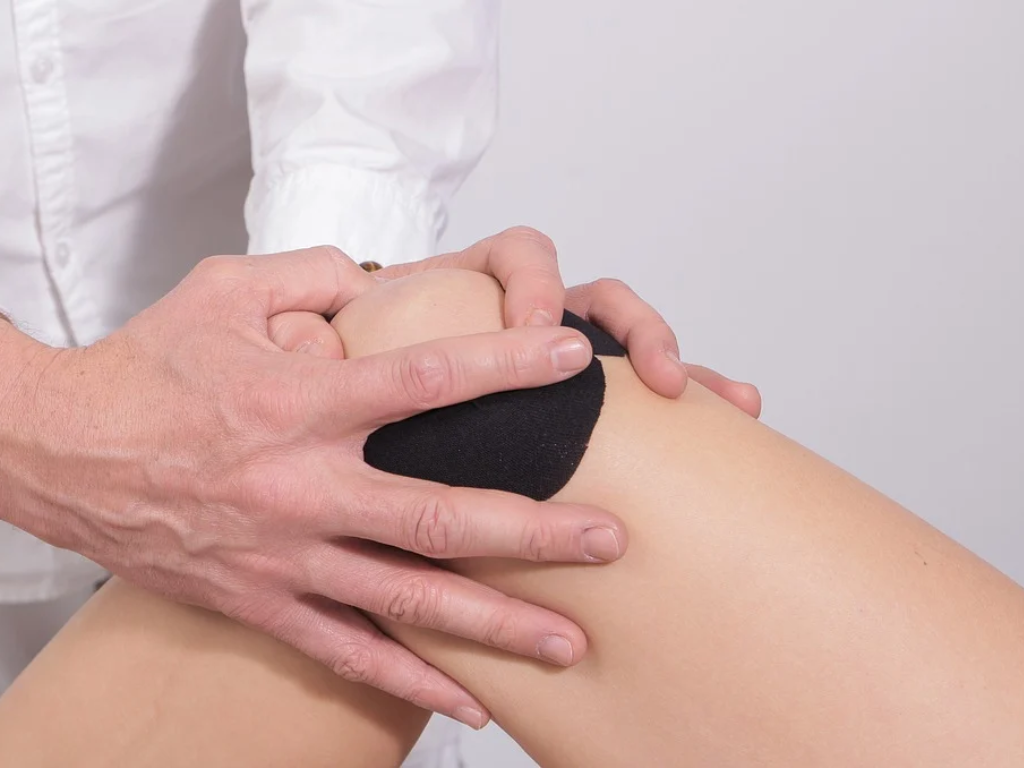Do You Have Knee Arthritis?

Does your knee creek? Does your knee feel stiff in the morning? Can’t move it as much or is it looking a little swollen? You might just have knee osteoarthritis.
What is Osteoarthritis?
Osteoarthritis (OA) is the most common form of arthritis. People often refer to it as degenerative joint disease or “wear and tear” arthritis. It occurs frequently in the hands and hips but most commonly in the knees.
A joint is a part of the body where two or more bones meet – in your knee, it’s the thigh and shin bones. There is also a small bone at the front of the knee called the patella or kneecap. The ends of our bones are covered in a smooth and slippery surface, known as cartilage. This allows the bones to move against each other without friction and protects your joint from stress.
Osteoarthritis causes the cartilage in your knee joint to thin and the surfaces of the joint to become rougher, which means that the knee doesn’t move as smoothly as it should, and it might feel painful and stiff.
Who is at Risk of Knee Osteoarthritis?
Osteoarthritis can affect a wide range of people however it is more common in those aged 50 and older and is more likely to effect women (sorry ladies!). Other risk factors include having a history of knee injuries, being overweight, and genetics. Yes, if Osteoarthritis runs in the family, you are more likely to get it yourself (thanks mum and dad).
What are the Signs?
Common things to look for when it comes to knee Osteoarthritis are:
• Pain on movement
• Stiffness, particularly in the morning
• Reduced movement in the knee
• Pain after a long time of lying down or sitting
• Pain along the joint line
• Joint enlargement or swelling
What Can I Do?
Joints need to be exercised regularly to keep them healthy. It’s very important to keep moving if you have osteoarthritis of the knee. Whatever your fitness level, exercise helps the knee to be able to cope with normal daily activities again.
You’ll need to find the right balance between rest and exercise – most people with osteoarthritis find that too much activity increases their pain while too little makes their joints stiffen up. Exercise that specifically strengthen the muscles around your knee have been proven to be the best for reducing the symptoms of osteoarthritis. Other exercises that improve your posture and help you to lose weight can also reduce the symptoms and pain of osteoarthritis.
It’s important to be consistent with your exercises even if you start to feel better, as stopping or reducing the amount of exercise you do could cause your symptoms to not improve or come back again. A physiotherapist can advise you on the best exercises to do, but you’ll need to build them into your daily routine to get the most benefit from them.
Our massage therapists are trained to manage knee arthritis. Contact the clinic on (07) 41621335 to book your appointment.
Follow us on our Facebook page.
